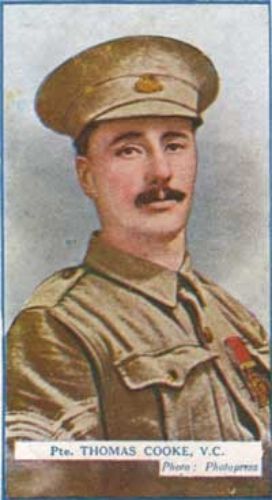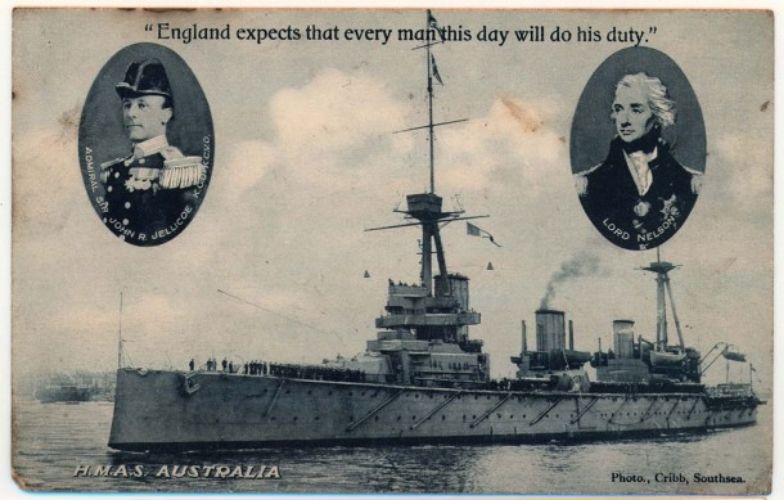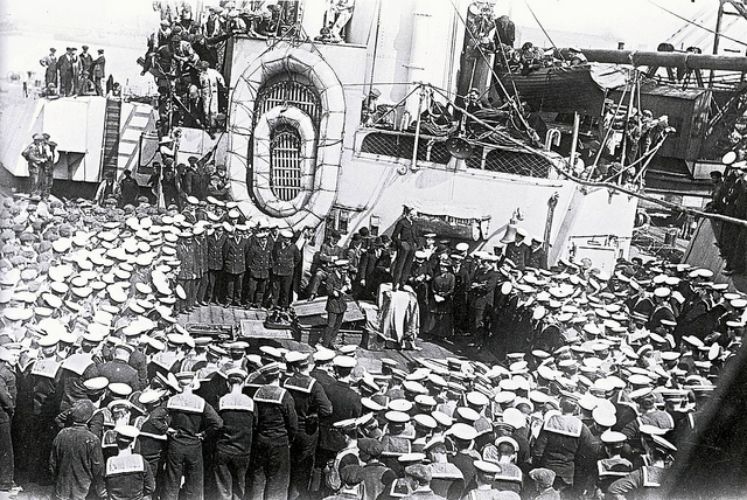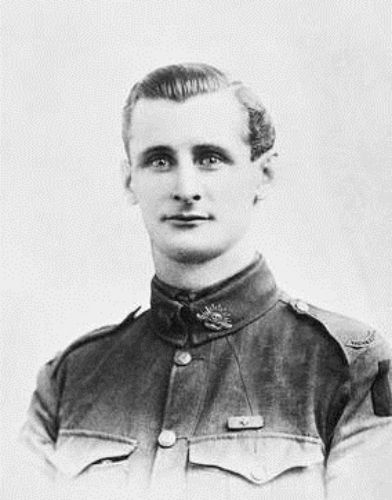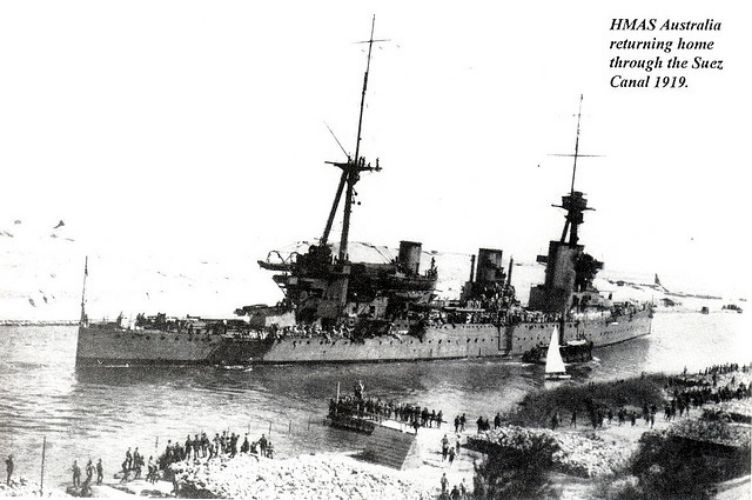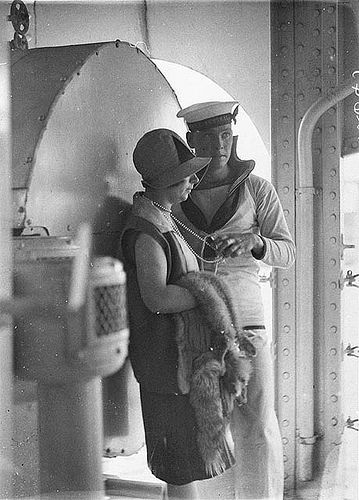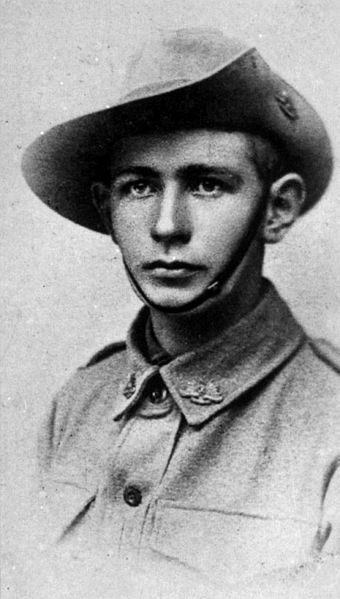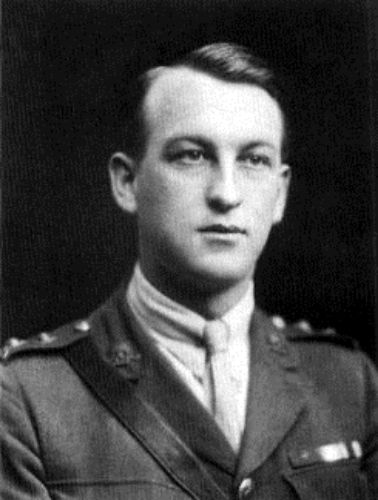waynepoo
Colonel
- Joined
- Jan 3, 2012
- Messages
- 9,801
Victoria Cross laureate of the first A.I.F.
Cpt. Percy Herbert Cherry VC, MC. 26th Battalion. (posthumous)
Enlisting in the A.I.F in March 1915, he served at Gallipoli before transferring
to the Western Front. In early March 1917, Lt. Cherry was decorated with the
Military Cross following an attack on Malt trench,in which he led a party in capturing
two German machine-guns posts. He was killed by a German shell the day following
his Victoria Cross action.
''His Majesty the King has been graciously pleased to approve of the award of the
Victoria Cross to the undermentioned Officer:-''
2nd Lt. (temp. Capt.) Percy Herbert Cherry, MC., late. A.I.F.
For most conspicuous bravery, determination and leadership on 26 March 1917,
at Lagnicourt, France, when in command of a company detailed to storm and clear
a village.
After all the officers of his company had become casualties he carried on
with care and determination, in the face of fierce opposition, and cleared
the village of the enemy.
He sent frequent reports of progress made, and when held up for some
time by an enemy strong point he organised machine-gun and bomb parties
and captured the position. His leadership, coolness and bravery set a
wonderful example to his men.
Having cleared the village, he took charge of the situation and beat off the most
resolute and heavy counter-attacks made by the enemy.
Wounded about 6.30am., he refused to leave his post, and there
remained, encouraging all to hold out at all costs, until, about 4.30pm., this
very gallant officer was killed by an enemy shell.
Wayne.
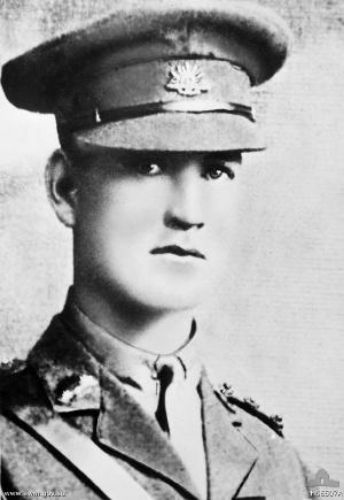
Cpt. Percy Herbert Cherry VC, MC. 26th Battalion. (posthumous)
Enlisting in the A.I.F in March 1915, he served at Gallipoli before transferring
to the Western Front. In early March 1917, Lt. Cherry was decorated with the
Military Cross following an attack on Malt trench,in which he led a party in capturing
two German machine-guns posts. He was killed by a German shell the day following
his Victoria Cross action.
''His Majesty the King has been graciously pleased to approve of the award of the
Victoria Cross to the undermentioned Officer:-''
2nd Lt. (temp. Capt.) Percy Herbert Cherry, MC., late. A.I.F.
For most conspicuous bravery, determination and leadership on 26 March 1917,
at Lagnicourt, France, when in command of a company detailed to storm and clear
a village.
After all the officers of his company had become casualties he carried on
with care and determination, in the face of fierce opposition, and cleared
the village of the enemy.
He sent frequent reports of progress made, and when held up for some
time by an enemy strong point he organised machine-gun and bomb parties
and captured the position. His leadership, coolness and bravery set a
wonderful example to his men.
Having cleared the village, he took charge of the situation and beat off the most
resolute and heavy counter-attacks made by the enemy.
Wounded about 6.30am., he refused to leave his post, and there
remained, encouraging all to hold out at all costs, until, about 4.30pm., this
very gallant officer was killed by an enemy shell.
Wayne.





